Our milkshakes are vegan. So why not use vegan milk alternatives for our milkshakes? Make your shake taste best with these 6 substitutes for milk.
Table of contents
1. What milk substitute products are there?
2. 6 vegan milk alternatives for milkshakes in comparison
3. Which milk substitute tastes like milk?
4. Why milk substitutes instead of milk?
5. Must-Knows
1. What milk substitute products are there?
There are milk substitutes for every taste. They can be roughly divided into three categories:
1. Milk alternatives made from legumes such as soy, peas or lupins.
2. Milk alternatives made from grains, such as oats, rice or spelled.
3. Milk alternatives made from nuts and seeds, such as almonds, cashews or hazelnuts.
Good to know: Even if we talk carelessly about oat milk, soy milk and the like in everyday life, this is not politically and legally correct. According to European law, the term milk is reserved for “glandular secretions”. That's why the correct names are: plant-based milk alternative, oat drink, soy drink and co.
Tip: Our Just Legends milkshakes (and the rest of the range!) are 100% vegan - even if the name suggests otherwise. That's why milk substitutes go much better with your milkshake than cow's milk. However, it doesn't just have to be (plant-based milk). With our pimp-your-milkshake recipes, your performance booster will be the ultimate treat. Easy to make, super tasty and developed and approved in our team kitchen.
2. 6 vegan milk alternatives for milkshakes in comparison
All milk substitute products are suitable for milkshakes. However, they differ in taste, consistency, ecological footprint and nutritional values. Which one you use is a matter of taste. Below we present a few of the common favorites as well as an exotic one. Of course, there are many more milk alternatives. Our selection includes those that are readily available and that we consider particularly recommended.
#1 Soy milk – The tasteless classic
As one of the first established milk alternatives, soy milk does not have a particularly hip reputation and is always viewed critically. So much in advance: High-quality organic soy milk is completely harmless and - unlike milk - does not contain any hormones. What soy milk tastes like varies from manufacturer to manufacturer. Basically, soy milk tastes very neutral and can be mixed well with all kinds of flavors. With unsweetened soy milk, the bean flavor sometimes comes through.
Just Legends Milkshake Tip : Soy milk goes great with all Just Legends milkshakes. Find your favorite in the milkshake sample package:
Nutritional values of soy milk
Soy milk is one of the milk alternatives with the highest protein content, low in fat and carbohydrates. 100 ml has an average of 35 calories. Of course, things change when soy milk is sweetened or flavored.
Life cycle assessment of soy milk
The ecological balance of soy varies. A large part of the world's soybean cultivation takes place in South America. If you only buy products with European soy, the ecological balance is significantly better than, for example, cow's milk.
What you should pay attention to when buying soy milk
Organic quality and regionality. With the combination of these two criteria you have neither genetic engineering nor pesticides nor ecological sins.
#2 Oat milk – Regional milk substitute with natural sweetness
Oat milk has overtaken soy milk as the most popular milk alternative. Since grains have a higher carbohydrate content than legumes, oat milk is naturally relatively sweet, but not at all unpleasant.
Just Legends Milkshake Tip: Oat milk and the Just Legends Milkshake Triple Chocolate together are better than any cocoa.
Nutritional values of oat milk
Carbohydrates dominate in oat milk, with low fat, protein and fiber. It has an average of 50 calories per 100 ml.
Life cycle assessment of oat milk
Oats are easy to grow, grow regionally and use little water. That's why regional organic oat milk is the best option you can choose.
What you should pay attention to when buying oat milk
Here too: organic quality and regionality. There are so many oats in the EU that there is no need to import them from overseas.
#3 Almond milk – taste explosion from overseas
Almond milk is sometimes slightly reminiscent of marzipan, especially when it is the sweetened version. Almond milk is tasty and something for nut lovers and everyone who likes it sweet. The raw materials always have to be imported. Therefore, for the sake of the environment, enjoy in moderation.
Just Legends Milkshake Tip: Almond milk goes particularly well with your Just Legends Salted Caramel Milkshake.
Nutritional values of almond milk
Surprisingly, almond milk only has an average of around 20 kcal per 100 ml. The proportion of fat dominates, protein, carbohydrates and fiber are only present in small quantities.
Life cycle assessment of almond milk
Unfortunately, almond milk does not score with a good ecological balance. Almost all almonds processed in the EU come from California and, unless you buy organic, are produced with an enormous amount of pesticides. Cultivation uses a lot of water and bees that are used on the plantations also suffer.
What you should pay attention to when buying almond milk
When it comes to almond milk, organic quality is the be-all and end-all purchase criterion.
#4 Hazelnut milk – liquid nut nougat for connoisseurs
Hazelnut milk is perhaps the most flavorful alternative to milk and actually tastes like liquid nut nougat cream. Well, maybe without nougat, but incredibly delicious. It actually tastes like liquid hazelnuts but sweeter because peeled hazelnuts are usually used. Hazelnut milk is often mixed or sweetened with rice milk. We like them best pure.
Just Legends Milkshake tip: This is almost self-explanatory: Milkshake Hazelnut + hazelnut milk = pure enjoyment
Nutritional values of hazelnut milk
Hazelnut milk has around 50 kcal per 100 ml. Fat dominates, while protein and carbohydrates balance each other out. When it comes to hazelnut milk, the nutritional values seem to vary greatly from manufacturer to manufacturer. This is due, among other things, to the mix with rice milk or the addition of sugar or other additives.
Life cycle assessment of hazelnut milk
Hazelnut milk is still relatively unpopular and its environmental impact has been poorly researched. Since hazelnuts can be grown in Europe and even in Germany, the chances of a good ecological balance are green. Hazelnuts often come from conventional cultivation in Türkiye, where many pesticides are used in monocultures. Try to avoid this variant.
What you should pay attention to when buying hazelnut milk
Regionality and organic production.
#5 Pea milk – ecological insider tip for an extra portion of protein
Pea milk is one of the newcomers among plant-based milk substitutes made from legumes. Contrary to what you might expect, good versions taste nothing like peas, but are wonderfully creamy. Especially if you use the Barista edition. Pea milk is a real all-rounder and is just as delicious in coffee as it is in a milkshake. As with soy milk, the pea flavor can come through a bit in the unsweetened version, while the sweetened version is very reminiscent of cow's milk. Plus point: The good nutritional values and a mostly excellent ecological balance.
Just Legends Milkshake Tip: Like its legume colleague soy milk, pea milk also goes perfectly with every Just Legend milkshake.
Nutritional values of pea milk
Unless sweetened, pea milk has hardly any sugar, healthy fats and impresses with an average of 5 g of protein per 100 ml, with hardly any carbohydrates and only 2 g of fat. In terms of calories, it accounts for around 40 kcal per 100 ml. Insider knowledge: Peas contain the amino acid lysine, which can sometimes be lacking in a vegan diet.
Life cycle assessment of pea milk
Peas are grown in Germany and the EU and - with sustainable farming - can get by with little fertilizer. This means they hardly pollute the soil and water.
What you should pay attention to when buying pea milk
Regionality & organic quality.
#6 Hemp milk – healthy luxury good
Hemp milk is still little known in this country. Contrary to what the name suggests, it doesn't make you high or relaxed - that requires THC or a little CBD. This is in the milk, which does not contain anything other than the seeds of the hemp plant.
Just Legends Milkshake Tip: Thanks to its nutty taste, hemp milk goes well with all Just Legends milkshakes. We like them best with iced coffee.
Nutritional values of hemp milk
Hemp milk has around 40 kcal per 100 ml and an impressive 3.5 g of fat. However, the good thing: Hemp is naturally rich in healthy, essential omega-3 fatty acids. Hemp milk also contains protein and fiber, while carbohydrates are practically non-existent in the unsweetened versions.
Life cycle assessment of hemp milk
Since hemp milk is not (yet) mass-produced and can easily be grown in Europe, it usually has a good ecological balance.
What you should pay attention to when buying hemp milk
Here too, always pay attention to regionality and organic quality.
3. Which milk substitute tastes like milk?
Soy milk and oat milk are closest in taste to classic cow's milk. That's why these two milk alternatives are classics on the menus of cafes and restaurants. While soy milk can be foamed well due to the protein it contains, there are often special barista versions of oat milk in which calcium sulfate acts as a stabilizer to ensure great milk foam.
There are big differences in taste and quality between the individual brands. So try it out a little and see what you like best. Keep in mind that milk alternatives are not milk and do not try to be like milk. Like us, they can only ever be the best version of themselves, never anything else. Grant them these peculiarities and see them for what they are: independent products and alternatives to milk. Not milk.
Soy milk as a tasteless alternative to cow's milk
However, the taste of both milk alternatives differs depending on the manufacturer, brand and additives. Unsweetened soy milk can taste quite strongly of beans, while a more processed and sweetened alternative can be very close to milk in taste, color and consistency.
Oat milk is closest in taste to milk
Oat milk is a little easier. Provided you like the slightly grainy taste, oat milk without added sugar is close to the sweetness of cow's milk with its natural sweetness. We recommend: Go for the Barista version even if you don't want it in your coffee. The slightly thicker consistency makes it even more reminiscent of cow's milk. Some market leaders have perfected this so much that you would hardly notice the difference in a blind tasting.
4. Why milk substitutes instead of milk?
Almost 200 tons of milk are consumed worldwide every year. The average per capita consumption of fresh milk products in Germany is an impressive 86 kg annually. Not included: protein shakes, mixed milk drinks and yoghurt drinks of all kinds. The number of products that we consume based on cow's milk is actually even higher.
That's quite a lot, especially when you consider how many resources go into producing milk. And nutritionists also know: a varied diet is king. That's why there are many reasons for consuming less milk (products) and more high-quality plant-based milk substitutes. These are a few of the most important ones at a glance:
#1 Milk has a poor ecological balance
There are countless scientific calculations that compare the carbon footprint of milk with that of plant-based milk alternatives. This is complex: Parameters such as regionality, organic vs. conventional play just as much a role as the consumption of water, land and other resources. Nevertheless, the lowest common denominator in all studies is that milk has by far the worst CO₂ footprint. On average, CO₂ emissions are 2-3 times higher.
#2 Feed cultivation and livestock farming waste resources
Parameters that are also included in the studies on the life cycle assessment of milk are the resources used: cow's milk uses more water and land than plant-based alternatives. Apart from that, the feed, especially for non-organic agriculture, is often grown under precarious conditions: rainforests are cut down and agricultural land is used that is often not available to the locals to grow food for direct nutrition or to build a sustainable, local economy .
#3 Milk production causes animal suffering
Cows produce milk to feed calves. In other words, they have to get pregnant. Artificial insemination is rarely pleasant for the animals, especially on mass farms. The calves are usually separated from their mother immediately after birth, kept in individual boxes and either raised to become milk cows or to be slaughtered.
In addition, the handling and husbandry of the animals often leaves something to be desired and many of the dairy cows are so focused on “milk production” that they regularly have inflamed udders and have to be treated with medication.
#4 Drinking cow's milk is unnatural
Humans are the only species that drink (in adulthood) the breast milk of another species. Humans are not naturally dependent on drinking milk after infancy. On the contrary: If infants stop drinking milk after weaning, they cannot digest it in adulthood due to the lack of the enzyme lactase. That's why in cultures where milk is not a staple food, many people are lactose intolerant.
#5 The health aspects of milk are controversial
“Milk makes bones strong, promotes growth and provides us with important nutrients and reduces the risk of cancer” contradicts the opposite statements “Milk makes us age and die faster, makes bones porous and increases the risk of cancer”. All statements can be accepted equally Studies show that clients, institutes, handling of third-party variables, confounding factors, spurious correlations and location of the survey influence the results to a certain extent.
But the fact is: foods that are as natural as possible, high quality ingredients, a balanced diet and enjoyment in moderation are always a good start.
Quality and measure determine your impact
You see: milk is not quite as flawless as it is often sold. Of course, this doesn't apply across the board either. There are local organic farmers and also larger companies who care about animal welfare and sustainable business practices. If you consume milk or dairy products, always pay attention to regional production in organic quality, consume in moderation and enjoy consciously.
5. Must-Knows
- Vegan milk substitutes are perfect for milkshakes. Since our Just Legends milkshakes are vegan anyway, they are the perfect dream team.
- Vegan milk substitutes are based on either legumes, grains or nuts and seeds and differ in taste, nutritional values and consistency.
- The ecological balance of vegan milk alternatives differs from product to product. Regionality and organic quality have a significant influence. However, all milk alternatives have one thing in common: their ecological balance is always better than that of conventionally produced cow's milk.

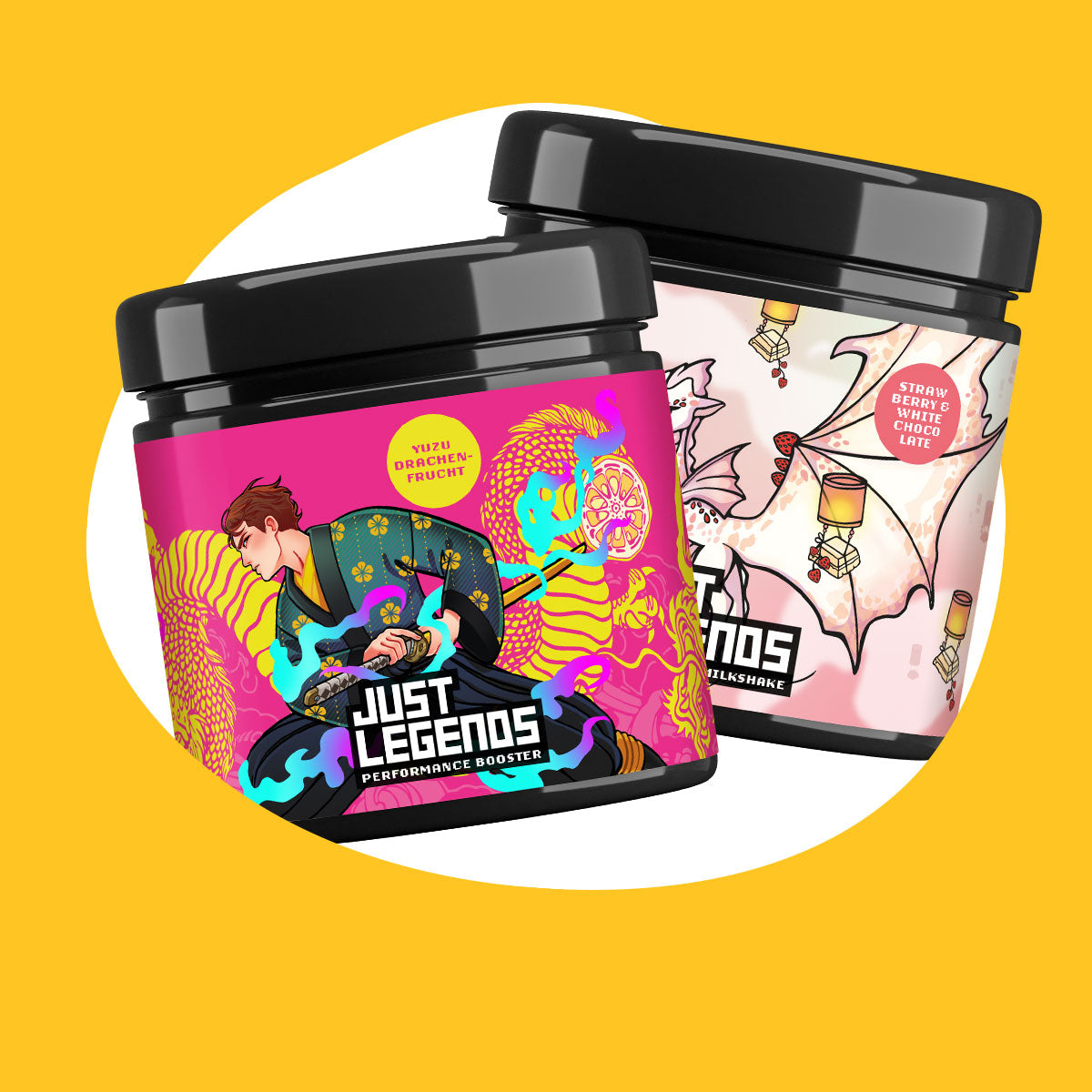
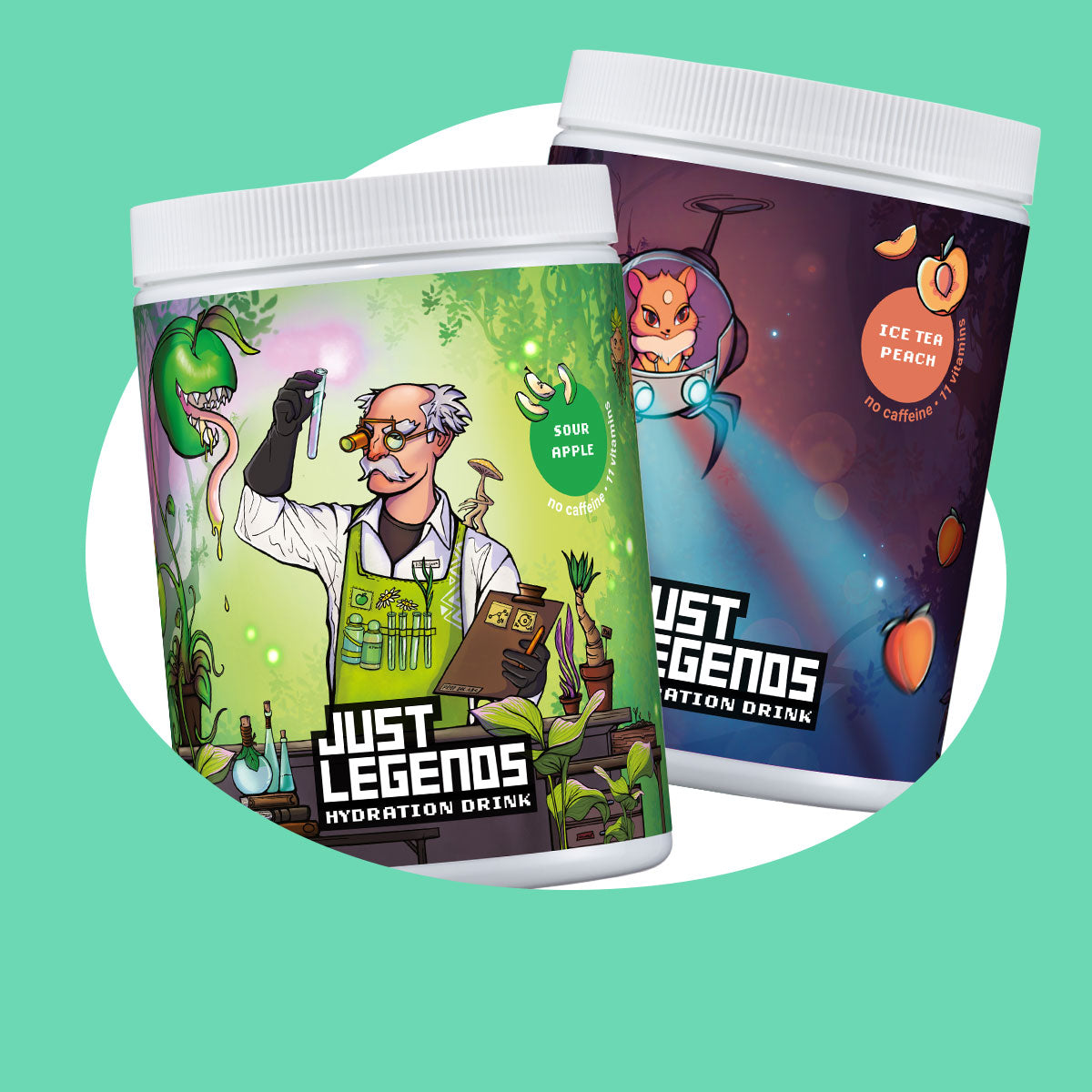
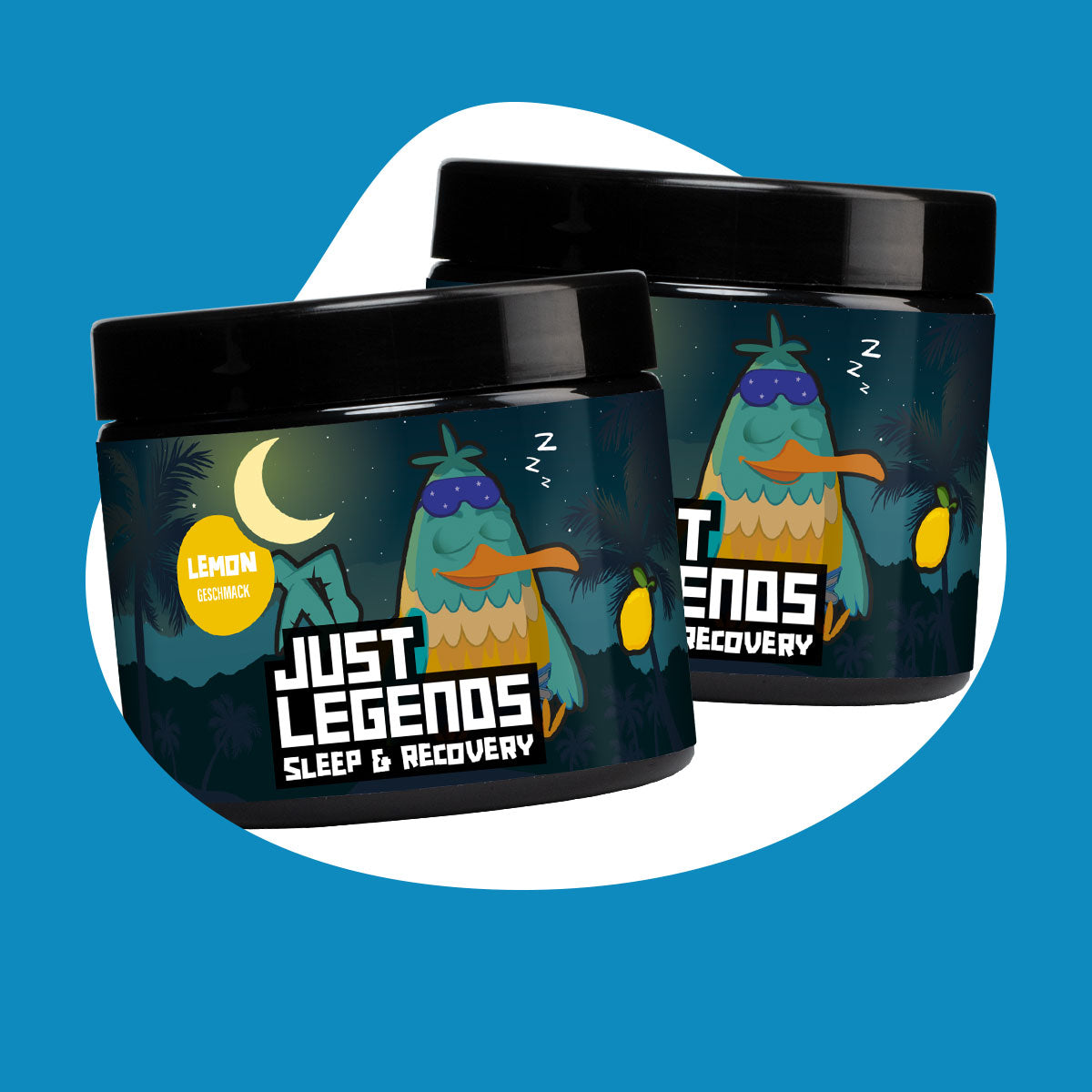




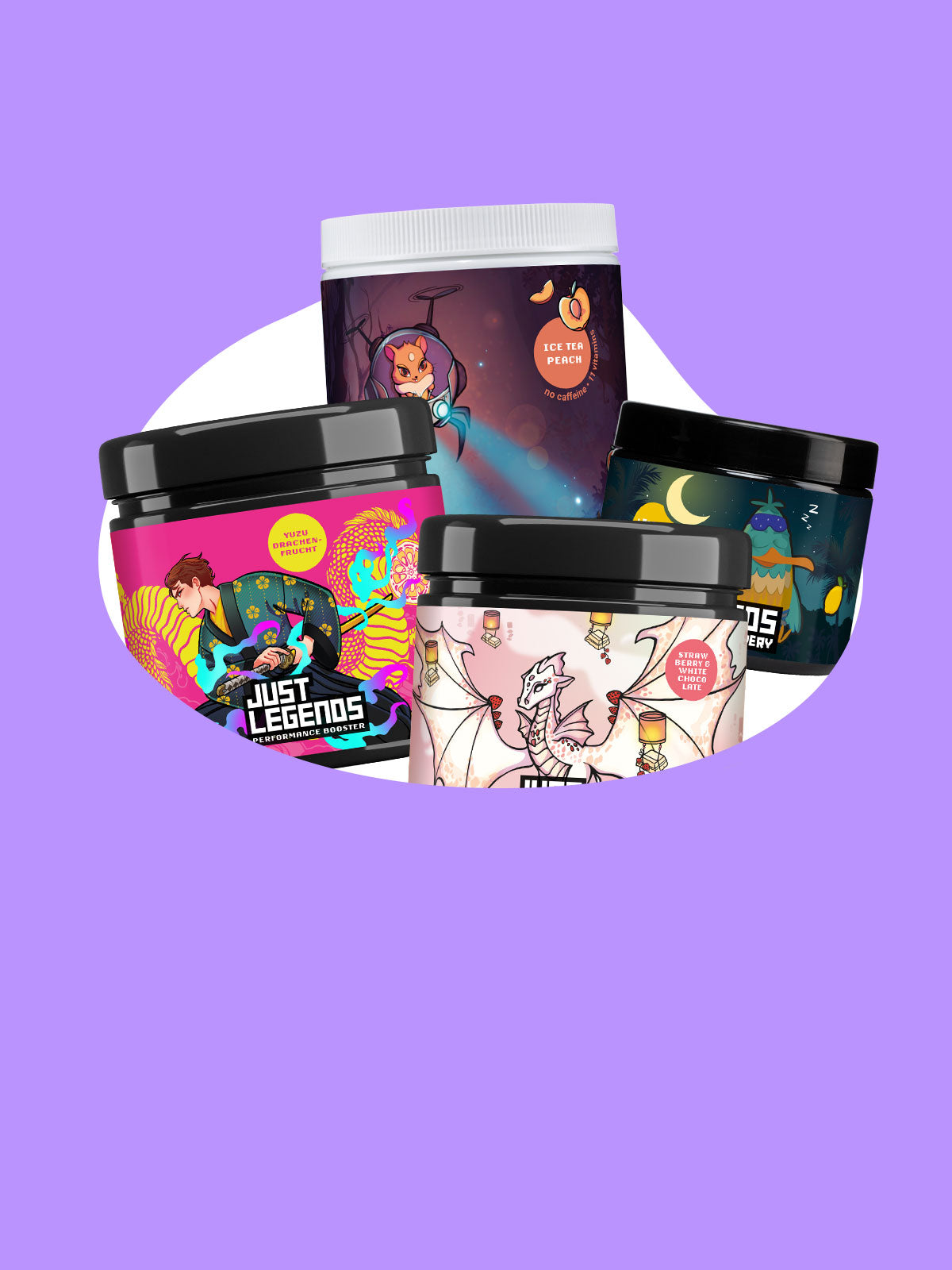



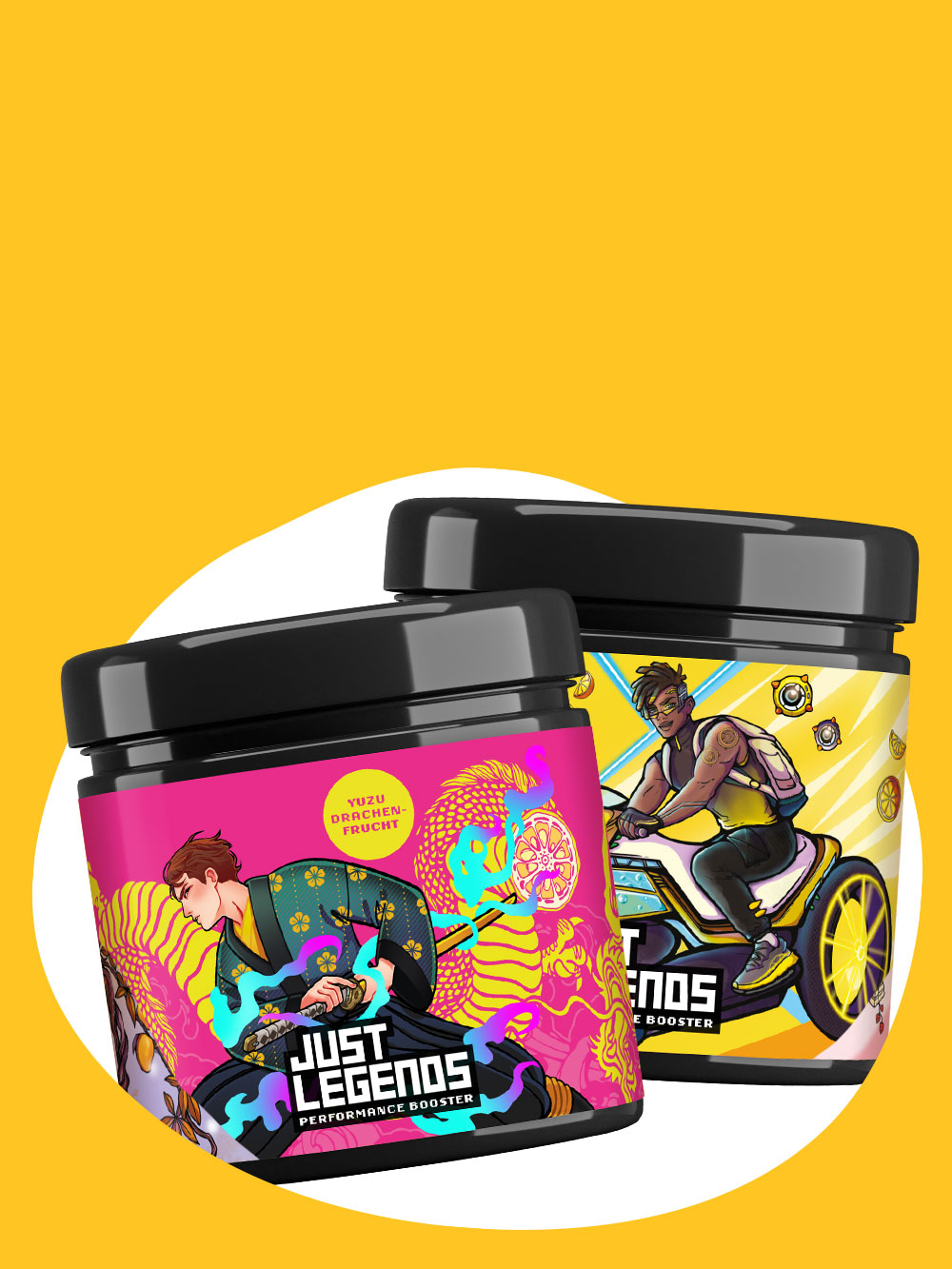
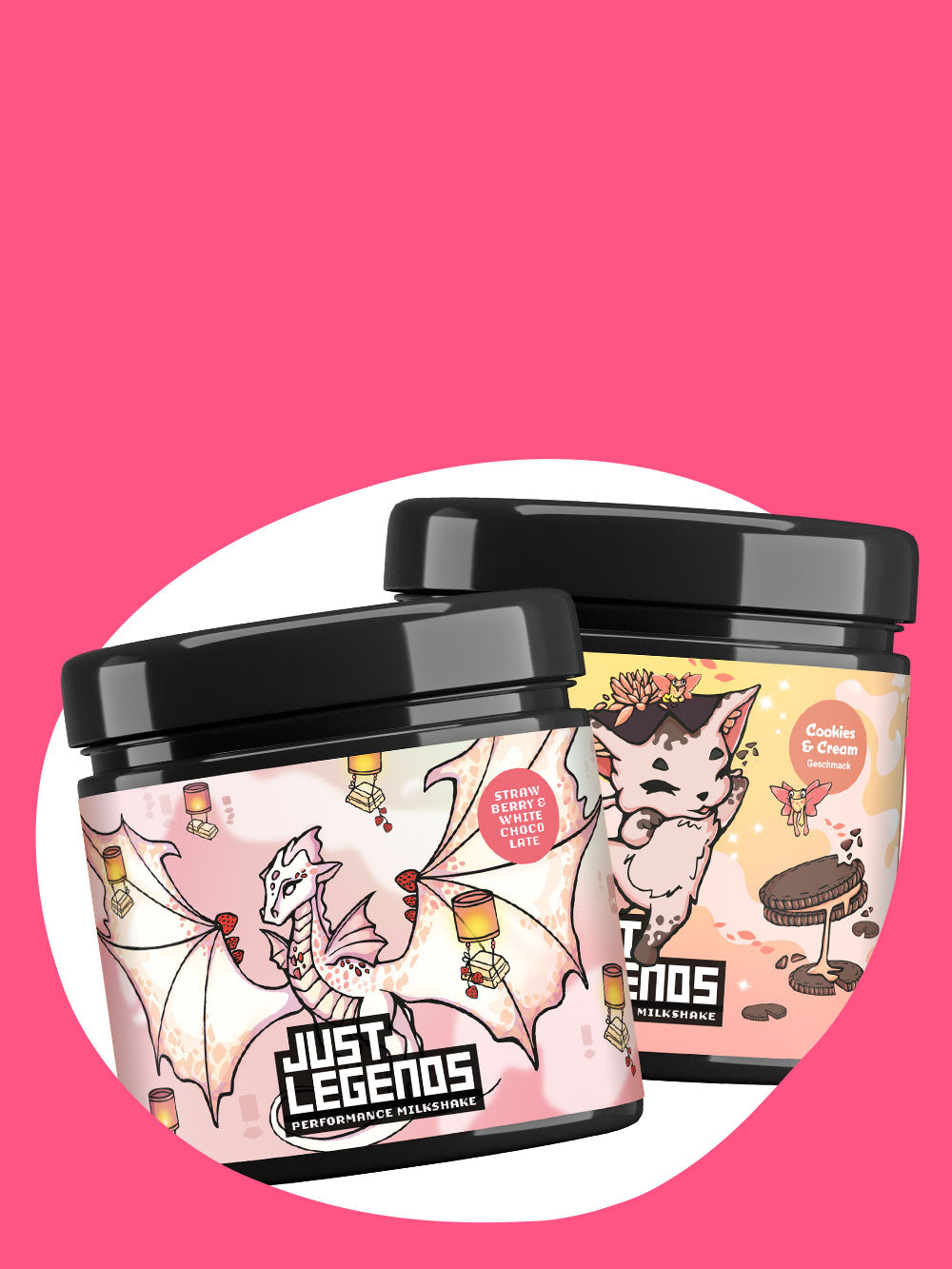
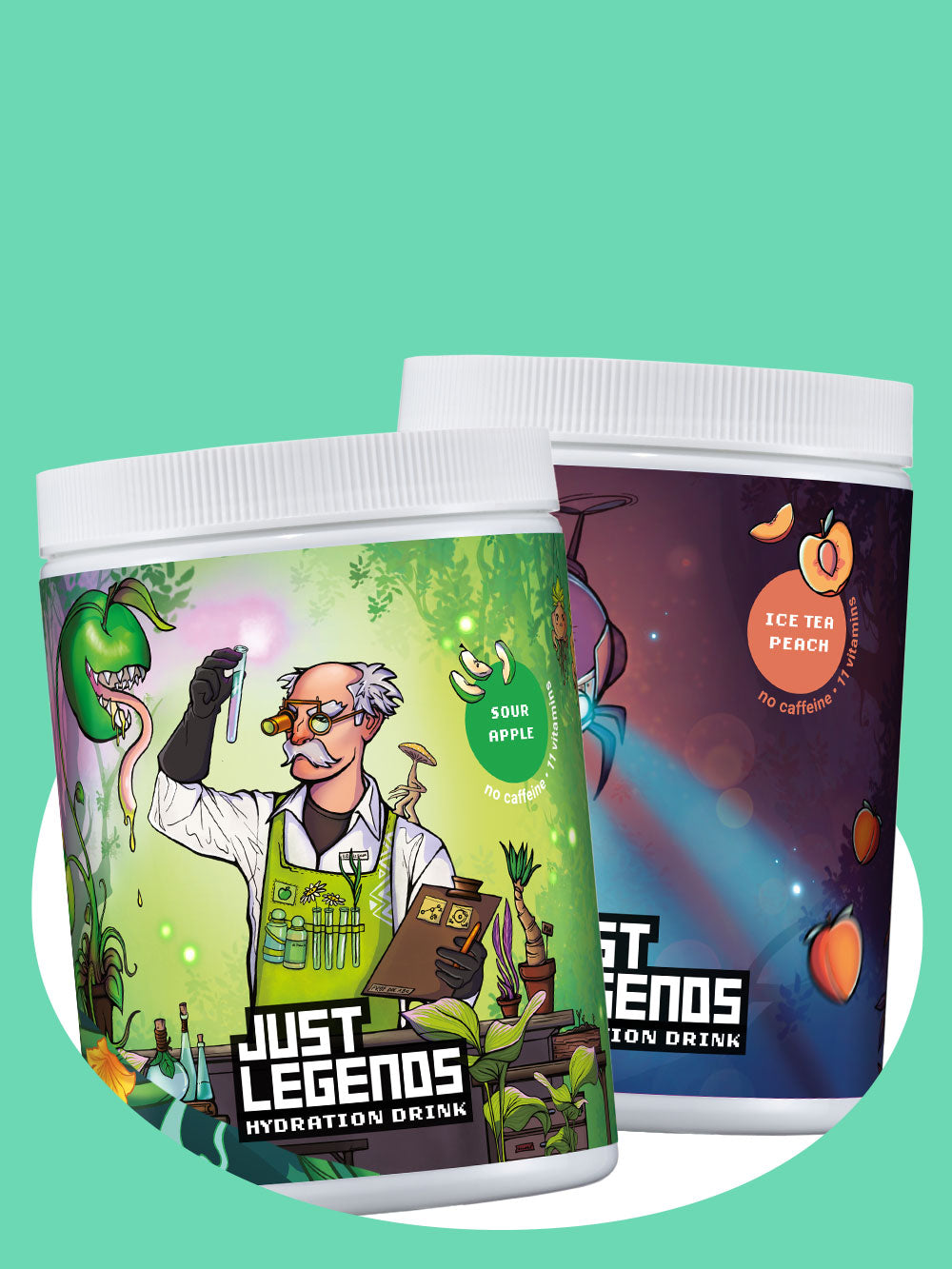
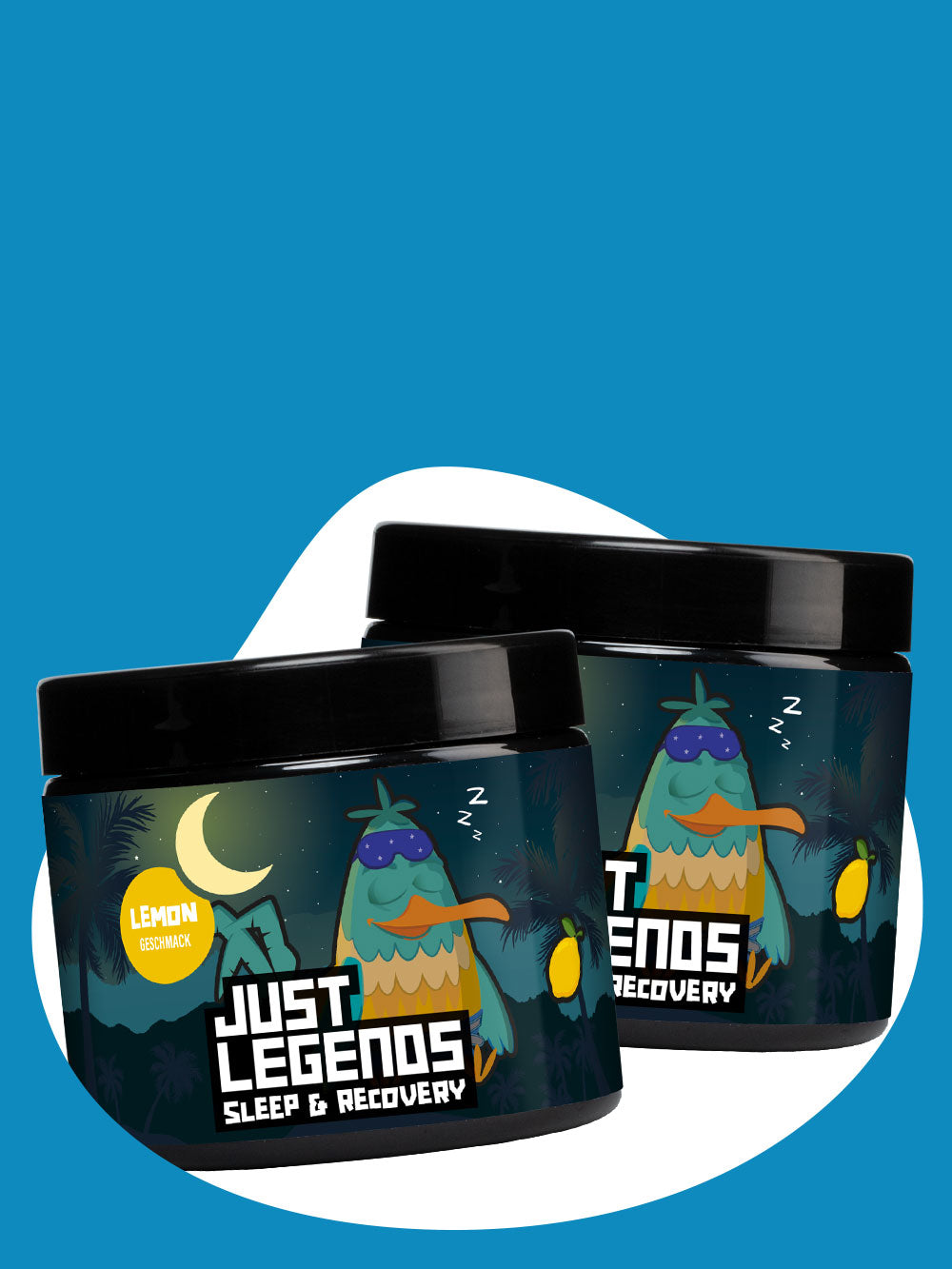

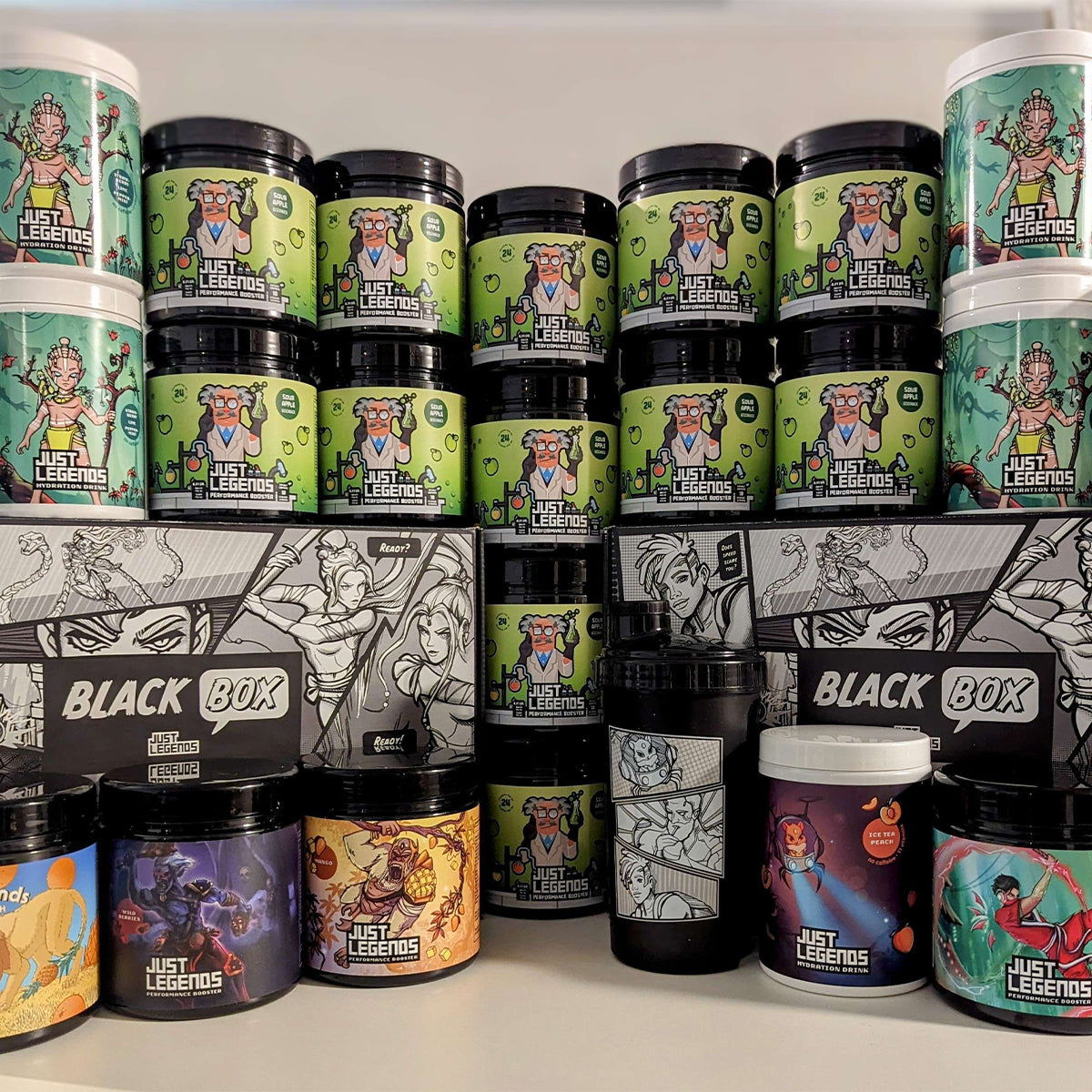





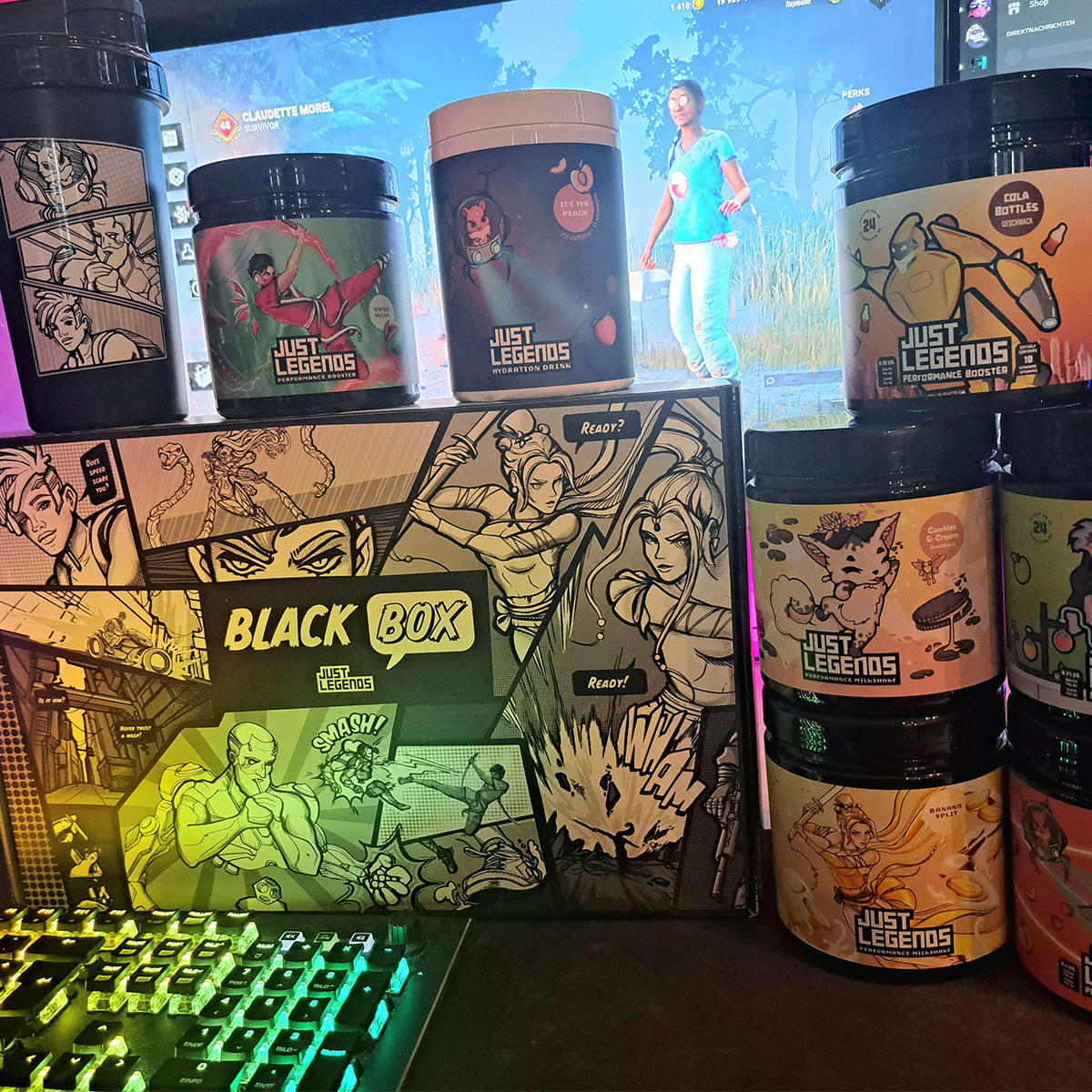
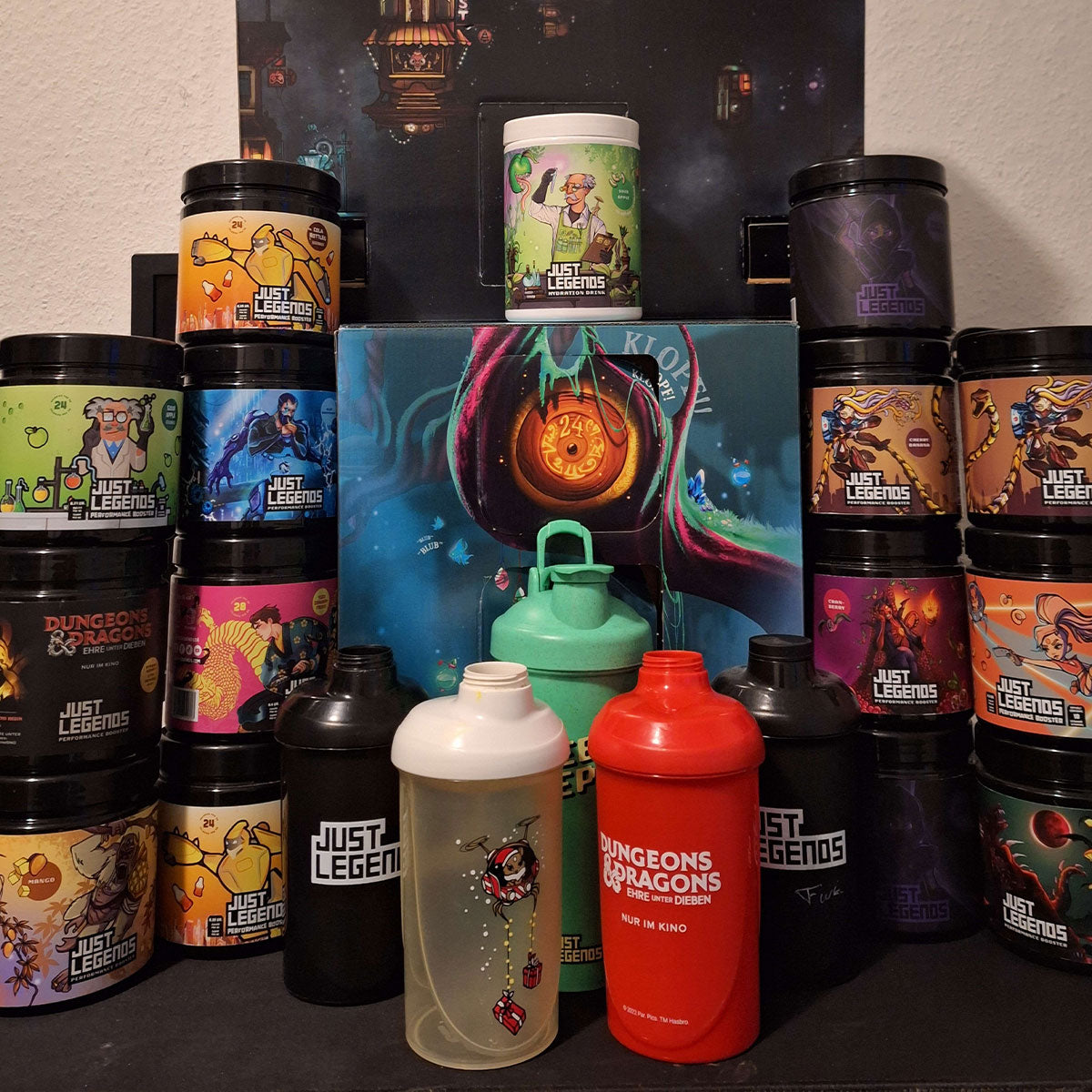
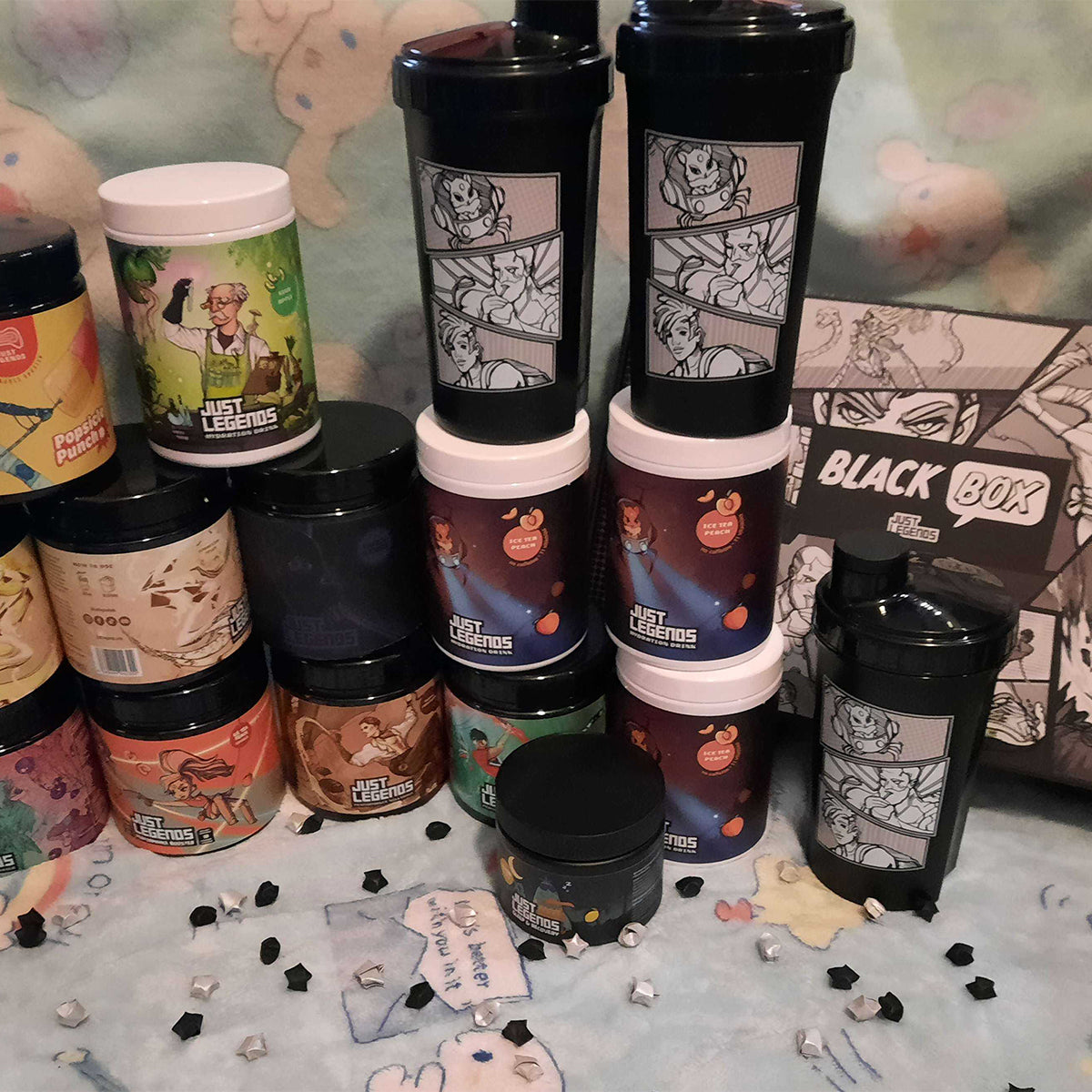




Leave a comment
This site is protected by reCAPTCHA and the Google Privacy Policy and Terms of Service apply.